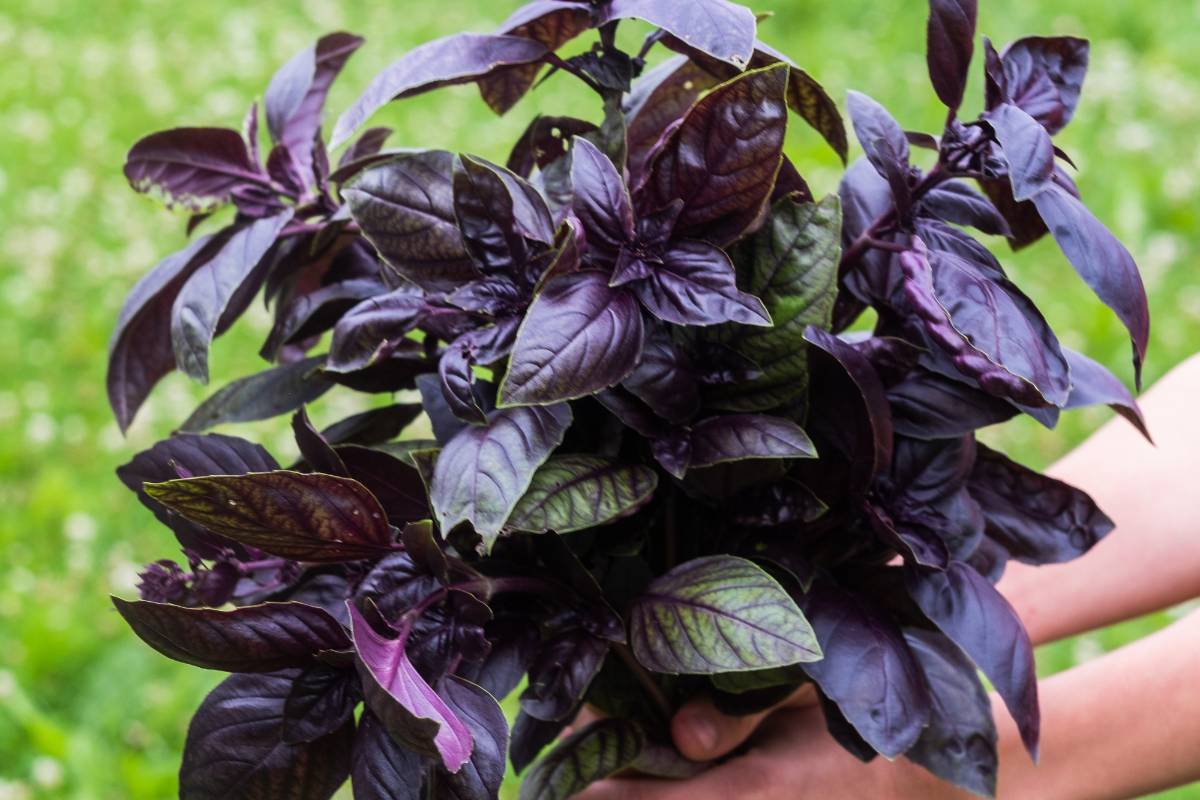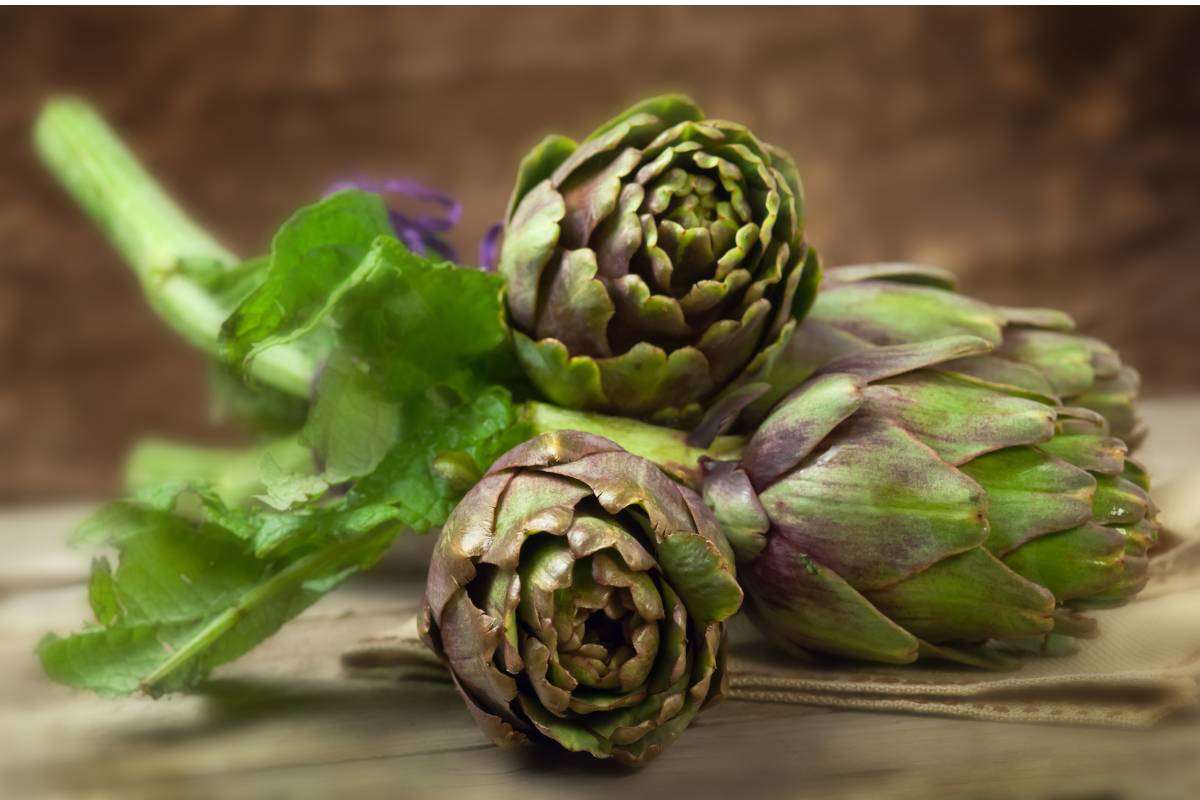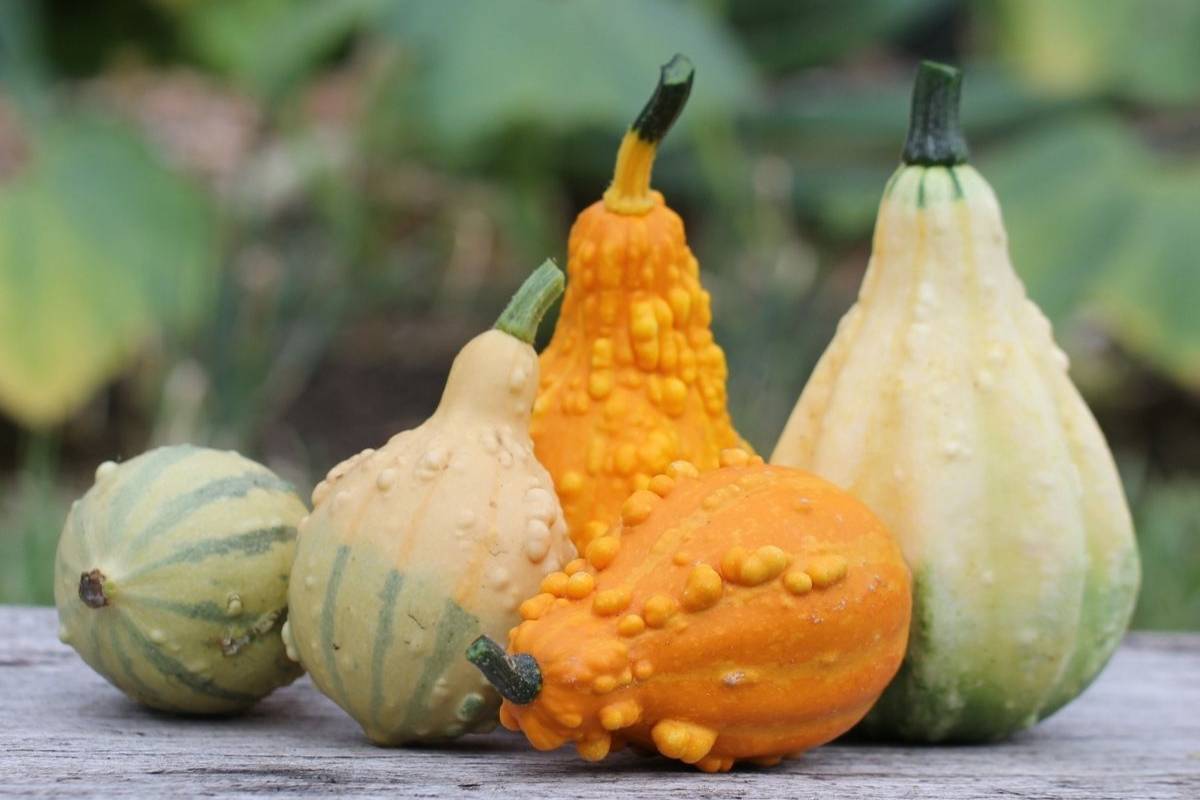Are you a flower enthusiast who enjoys growing vibrant blooms to use in bouquets and other arrangements? If so, it’s time to think about adding a selection of culinary herbs and visually striking vegetables to your cutting garden. By doing so you can enjoy a culinary harvest while also growing unusual material for floral fillers and accents.
Read on for some great ideas for edible herbs and vegetables to add to your cutting garden. Who knows, you may even become a flower and vegetable grower!
Foliage Fillers: Aromatic Herbs to Delight the Senses
One of the most delightful aspects of growing vegetables is the opportunity to include freshly grown culinary herbs in your diet. Growing even a few herb plants makes them conveniently available at a fraction of the cost of shop-bought herbs, which often sit unused in the fridge. What’s more, many herbs make excellent and long-lasting floral fillers that infuse bouquets with delightful fragrances.
Consider adding the following herbs to your cutting garden:
- Mint, especially the slightly hairy applemint, boasts bright green foliage and a refreshing scent, and has an impressively long vase life too. Best grown in a pot to contain its spread, mint will grow in part shade, leaving valuable space for sun-loving flowers.
- Basil is another herb with a long vase life that is a vigorous grower and fills out bouquets nicely. Traditional sweet basil has bright green foliage, while Red Boza has deep purple foliage and Thai basil has a combination of purple stems and green leaves that give depth to arrangements and complement many flower colours. Mrs. Burns Lemon, with its white flowers and citrusy aroma, is another excellent choice for both the garden and the kitchen.
- Lemon Balm has a strong lemony fragrance and vibrant green leaves, adding a refreshing element to your cutting garden. Brushing past lemon balm plants will release the strong citrus aroma, while its delicate white flowers make a beautiful addition to floral arrangements. Like mint, lemon balm is best grown in a pot in part shade.
- Cress is a fast-growing annual that produces delicate, airy seed pods that are excellent in small arrangements. Harvested at the leaf stage it can be enjoyed in salads; leave plants to run to seed and it can be used fresh or dried in arrangements.
- Dill is known for its feathery foliage and delicate yellow flowers, lending its height and airy elegance to the cutting garden. Its long stems and chartreuse yellow flowers can be used fresh, or harvested when seed heads have developed. Additionally, its seeds can be used for culinary purposes, making it a versatile and rewarding plant to grow.
- Perilla is a striking heat-loving herb with deep purple leaves that bring dramatic flair wherever it's grown. It can be used as a foliage filler or harvested for culinary purposes.
Vegetable Flowers and Fruit: An Array of Colour and Texture for Arrangements
Incorporating flowers and fruit from ornamental vegetables into your floral arrangements adds a creative twist and makes for truly captivating displays. Consider these options:
- Artichoke buds and flowers, with their regularly textured and sculptural shapes, make a stunning addition to any floral arrangement or centrepiece. Depending on the variety grown colours range from rich sage green through to deep purple; buds have a vase life of around 5 days. Harvest the unopened buds or let them bloom into vibrant lavender thistle-shaped flowers.
- Tomato trusses, whether green or ripe, can be left attached to their stems and used as charming accents in your floral creations. Cherry tomatoes are the easiest to grow and arrange: their bright colours, diminutive size and weeping habit add a playful element to the vase.
- Pumpkins and ornamental gourds make excellent centrepieces and can also be wired for use in large arrangements. They’re a good option for autumn bouquets and bring warmth and rich colour through the colder months. Baby boo (white), Small sugar (orange) and Kakai (orange striped) are good varieties of pumpkin to grow for decoration.
By adding ornamental vegetables to your cutting garden, you not only expand the diversity of plant material to use in floral work but also open yourself up to the possibility of becoming a dedicated vegetable gardener. Be warned: the experience of cultivating and harvesting your own fresh produce is incredibly rewarding!

Purple-leaved basil.
.jpg)
Lemon balm used in an informal bouquet.

Artichoke buds.

Ornamental gourds.





